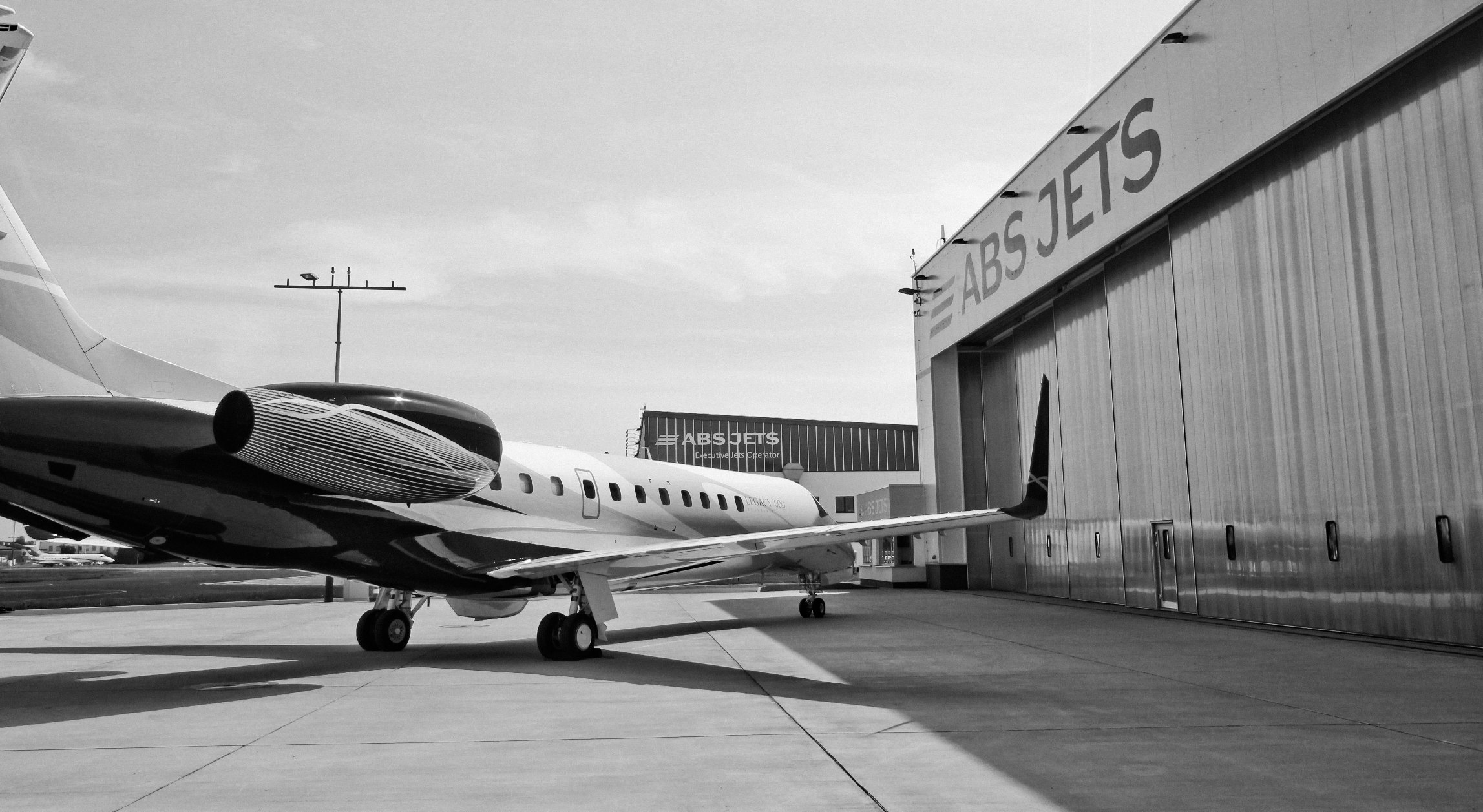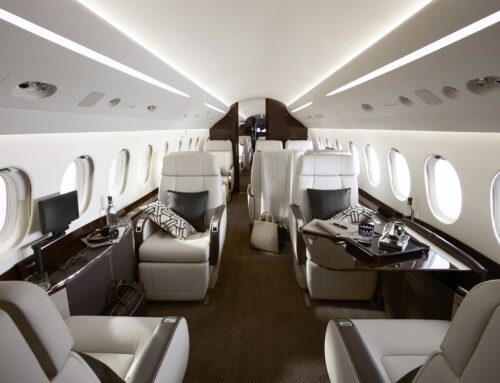 The WIS application was first demonstrated at Brno in June last year on Honeywell’s experimental Boeing 757 and later adjusted in order to become compatible with Airbus cockpit philosophy. The system works so well ABS Jets are now working with it to assess the benefits for wide range of business aircraft.
The WIS application was first demonstrated at Brno in June last year on Honeywell’s experimental Boeing 757 and later adjusted in order to become compatible with Airbus cockpit philosophy. The system works so well ABS Jets are now working with it to assess the benefits for wide range of business aircraft.
Using WIS on an Electronic Flight Bag (EFB) improves crew’s strategic decision making and ultimately increases flight efficiency, safety and passenger comfort. This is achieved by a rich set of meteorological products efficiently complementing standard onboard weather radar observations. With WIS the flight crew is able to graphically assess the latest weather observations and predictions what gives the pilots the possibility to adjust the flight plan in order to avoid areas of turbulence or obtain detailed information on the position and extent of thunderstorm clouds. WIS displays current meteorological information in an intuitive graphical form, which helps the crew with fast and accurate interpretation of the provided data. One of the most attractive feature of the app is called Weather Radar, which displays potentially hazardous weather conditions along the planned flight trajectory. WIS also alerts pilots to localized dangerous turbulent conditions (Clear Air Turbulence), which helps to create a more pleasant journey for passengers.
ABS Jets Chief Executive, Vladimir Petak has been impressed by the results, he advises “This is a great opportunity for us and I am very pleased to be working with this application on our fleet of aircraft. It is great for our flight crew to be able to have accurate notifications about weather patterns along the route, this is particularly good to deliver real time information directly to the crew. It is also good news for the passengers ensuring a smoother and more comfortable flight, I look forward to rolling this out throughout our fleet of aircraft.”
Jan Kralik of ABS Jets added “ABS Jets uses the latest release of WIS on its iPad-based Class II EFBs and at the same time is actively involved in the evaluation of coming features and planned system improvements. The assessment is provided from the perspective of flight crew and Operational Control Center, too. The results are instantly reported back to the Honeywell team in order to be implemented soon in newer releases of WIS.“





